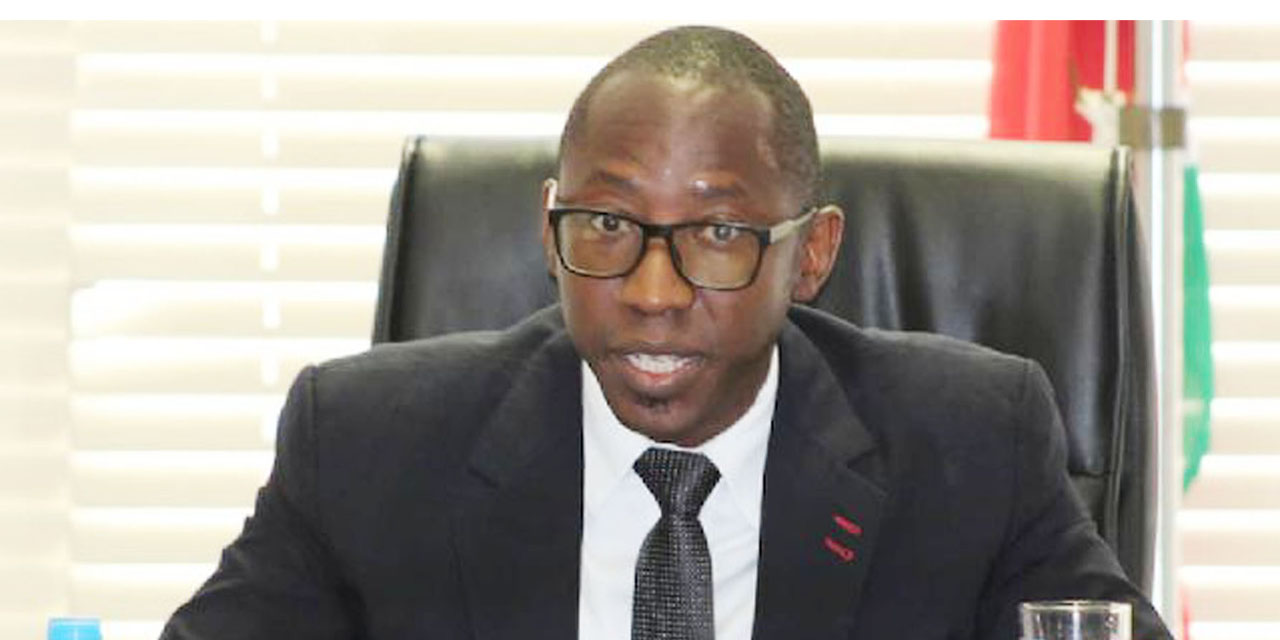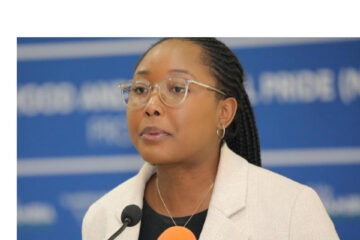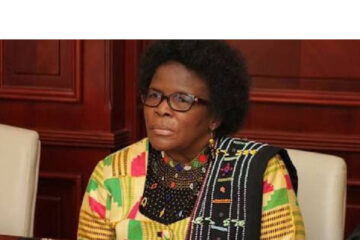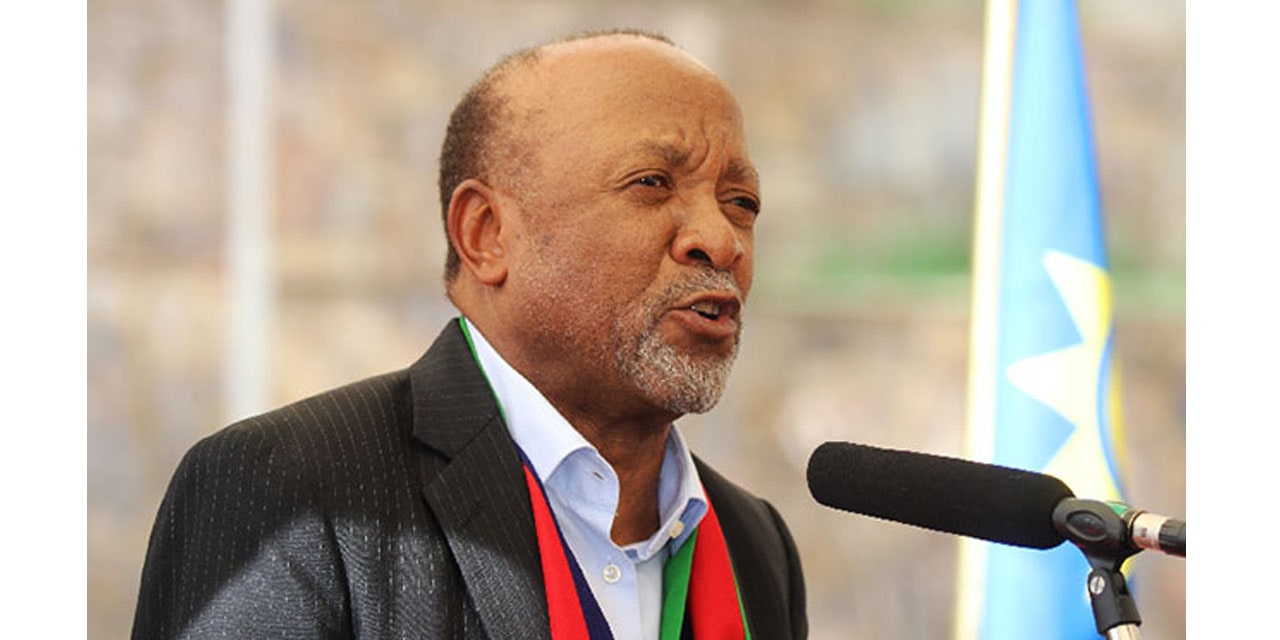Niël Terblanché
The scarcity of water especially in the rural areas of the Erongo Region was again highlighted by Neville Andre, the Regional Governor.
He said that the supply of potable water to rural communities continues to be a challenge for authorities.
While officiating at the opening of a new visitor’s centre at the Orano Erongo Desalination Plant Andre urged the mining company to work with the government to alleviate water scarcity in rural areas.
He said that nothing is more essential to life on earth than water.
“Yet there’s a global water crisis and people in rural areas are struggling to access the quantity and quality of water they need for drinking, cooking, bathing, washing, and growing their food,” he said.
The governor added that water supply and sanitation support in rural areas are more challenging because of the fact that settlements in the Erongo Region are mostly located in environmentally delicate areas.
Andre said that plans to bring potable water to isolated communities are challenged by diverse cultural values, poor economic conditions, and associated cost recovery challenges.
“In many cases, settlements are scattered and dominated by an agriculture-based economy. Limited water resources remain the main challenge in the provision of adequate infrastructure,” he said
According to Andre, the Erongo Region is known for its rural areas where rain is rare.
“This affects the economic well-being of our communities, specifically in our rural areas,” he said
He added that the government spends large amounts of money to drill boreholes with varied success.
“In some places where we drill boreholes, we get water. In other areas, we are not fortunate enough to find water that is fit for human consumption,” he said.
At the same event Tommie Gouws, the Managing Director of the Orano Erongo Desalination Plant, said that the region’s geographical composition and long distances to scattered rural communities make pumping desalinated water difficult and costly.
“Unfortunately, we currently have no pipeline or connection to move water to all the areas that still is underdeveloped,” Gouws said.
Hilifa Mbako, the Executive Chairman of Orano Mining Namibia said the solution for bringing water to communities in need does exist
“We must find solutions to bring water to the people that need it most. The way to find solutions is through dialogue,” he said.
Mbkao pointed out that other factors such as electricity supply should form part of the dialogue about water supply.
“Without dialogue, we will not come to any conclusion about possible solutions,” he said.
Built between 2008 and 2010, the reverse osmosis desalination plant is located 35 kilometres north of Swakopmund, near the settlement of Wlozkasbaken in the Namib Desert and is the largest of its type in southern Africa.
The plant desalinates 40 000 cubic metres of seawater per day that is provided to mines and local authorities in its immediate vicinity. The plant has the capacity to produce 20 million cubic metres per year which, in its current format, can be expanded to more than double that number.




